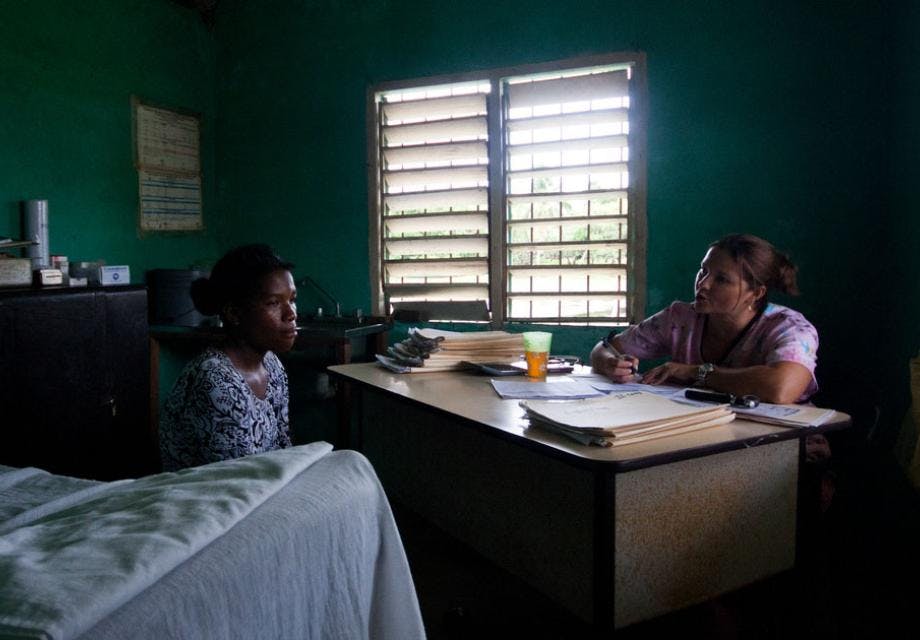First three months after starting treatment a critical time for women living with HIV
Hester Phillips
15 November 2019
Global analysis of death rates among women living with HIV during the first four years of antiretroviral treatment (ART) finds most deaths occur within three months – with some distinct regional variations.
The analysis finds that death rates among women living with HIV on treatment are lowest in Europe, but highest in Central America, the Caribbean, East and West Africa.
This large collaborative study examined data from 190,175 adult women living with HIV who began ART between 2000 and 2014 in Europe (16%), East Africa (47%), West Africa (13%), Southern Africa (19%), North America (3%), South America (1%), Central America and the Caribbean (2%). The average age at the time of starting ART ranged from 33 years in South Africa to 40 years in North America.
The study assessed both overall death rates and death rates in relation to how long women had been on ART, ranging from 0 to 48 months.
In all regions, the highest death rates occurred during the first three months of treatment, after which they fell. The only exception to this was in North America, but this is likely to be because people who died close to enrolment were excluded from the research cohort in the study from which the data was taken.
This finding provides yet more evidence of the importance of strengthening HIV testing and linkage to care. Where women living with HIV begin ART promptly, it has the greatest benefit for their health and prevents more AIDS-related deaths.
The highest death rates were observed in Central America and the Caribbean between zero and three months, in East Africa between three and six months and West Africa between six and 48 months.
The lowest death rates across the 48 months were found in Europe. Mortality rates among women in North American were similar to European rates for the first six months, but significantly higher thereafter.
The baseline differences of women living with HIV when they began treatment explained some of the relative differences encountered but did not fully explain the higher death rates observed in women from sub-Saharan Africa and the American regions, compared to women living in Europe.
For example, women from sub-Saharan Africa and from Central America and the Caribbean had the lowest CD4 counts at ART initiation, a strong predictor of subsequent HIV-related death. But median CD4 counts at ART initiation were similar among women in North America and Europe, yet death rates were lower among European than North American women. This finding echoes the results of previous studies and has been attributed to better access to equitable health services in Europe and general mortality patterns among groups most affected by HIV in both regions.
It is important to note that the global health inequalities highlighted in this study relate to women who have accessed health services and have started ART. This means the study is likely to underestimate overall gaps for women living with HIV, particularly those not yet diagnosed or linked to care.
Get our news and blogs by email
Keep up-to-date with all our latest news stories and blogs by signing up to the Be in the KNOW news digest.
